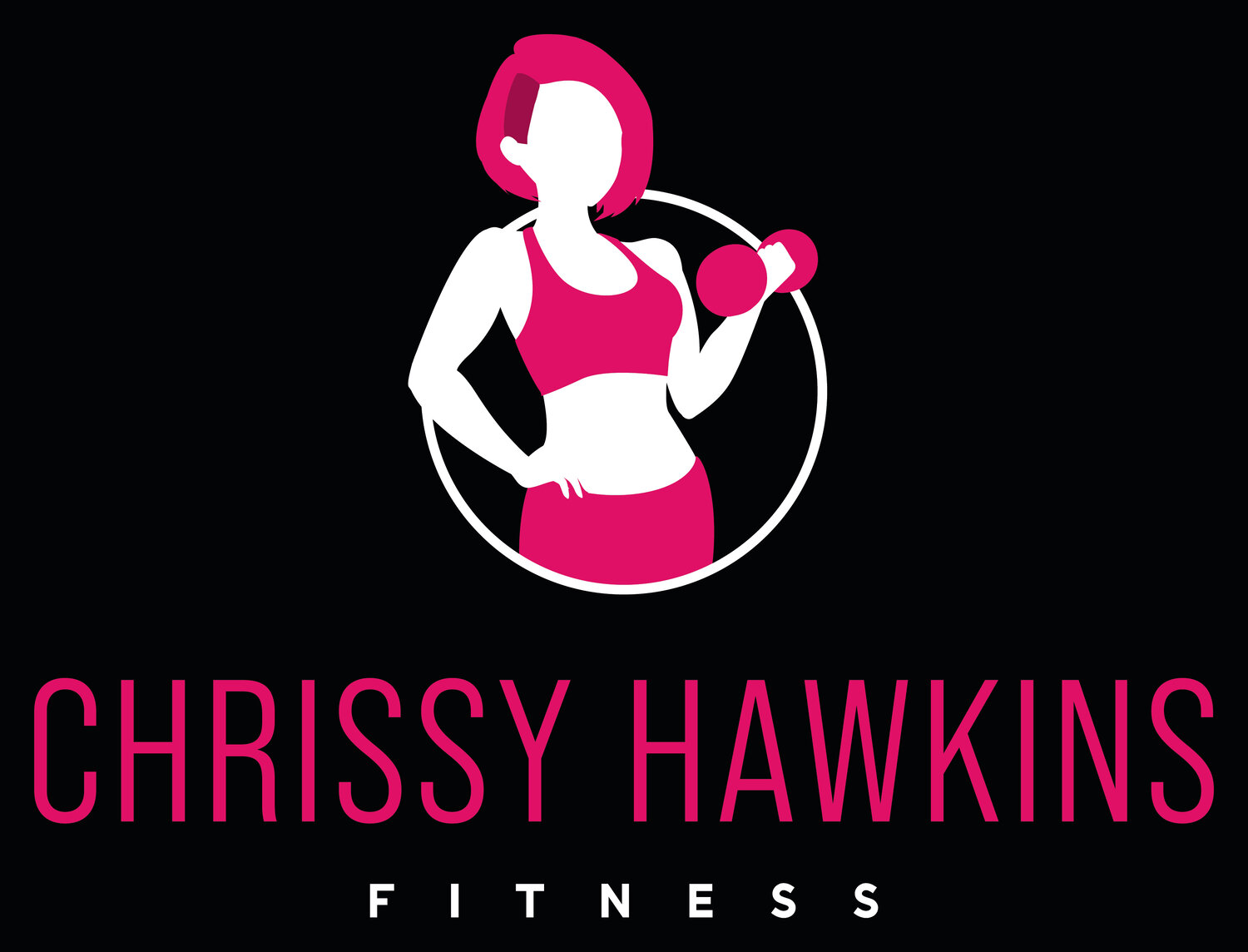Part 2: The Impact of the Female Cycle on Training
If you missed Part 1 you can read it here!
Women's bodies are incredibly complex, with monthly hormonal fluctuations that can affect various aspects of our lives, including physical fitness and training. The female cycle, commonly referred to as the menstrual cycle, is an intricate interplay of hormones that can impact energy levels, mood, and physical performance. I want to explore how the female cycle can affect your training and provide valuable insights to help women optimize their workouts throughout the month and also understand how we can work with it instead of beating ourselves up for not performing the way that we think we should.
Understanding the Female Cycle
The menstrual cycle typically lasts 28 days, although it can vary from 21 to 35 days in adults. It's divided into four main phases:
Menstrual Phase: This phase lasts for the first 3-7 days of the cycle, and it's when menstruation occurs. Hormone levels are at their lowest during this time, which can lead to feelings of fatigue and lower energy.
Follicular Phase: Following menstruation, the body enters the follicular phase. This phase is characterized by an increase in estrogen levels, which can lead to improved endurance and strength. Women might feel more energetic during this time.
Ovulatory Phase: Around the middle of the cycle, estrogen and luteinizing hormone (LH) surge, leading to ovulation. This phase often provides the best conditions for strength training and high-intensity workouts. Energy levels and motivation tend to be at their peak.
Luteal Phase: In the luteal phase, both estrogen and progesterone are elevated. While these hormones can contribute to bloating and fatigue, they also play a role in recovery and muscle repair. This phase can be ideal for lower-intensity workouts, flexibility training, and relaxation exercises.
The Impact of Hormones on Training
Now that we've outlined the phases of the female cycle, let's delve into how these hormonal fluctuations can affect your training.
Energy Levels: Hormone variations can lead to changes in energy levels. During the follicular phase, you may feel more energetic and motivated, making it an excellent time for intense workouts. In contrast, the menstrual and luteal phases may bring about fatigue and mood swings, requiring more attention to recovery and lighter exercises.
Strength and Performance: The ovulatory phase is often dubbed the "golden window" for strength training and high-performance workouts. Elevated estrogen levels can enhance muscle strength and endurance. This is when you might notice personal records being set and exercises feeling easier.
Recovery: The luteal phase, with its increased progesterone levels, can affect recovery. You may not feel your strongest during this time, meaning it may be better to opt for less intense activities, such as yoga or swimming, that focus on recovery and flexibility.
Pain Tolerance: Many women experience heightened pain sensitivity during the menstrual phase, which could affect training. Understanding and managing pain during this time is crucial to prevent injuries and maintain a consistent training regimen.
Practical Tips for Training Throughout the Female Cycle
To make the most of your training while taking into account the female cycle, consider the following tips:
Track Your Cycle: Using a menstrual cycle tracking app can help you predict your hormonal phases and adjust your workout plan accordingly. You will also be able to identify the weeks that you will need to be a little kinder to yourself and understand that you are not regressing.
Be Flexible: Embrace flexibility in your training routine. During low-energy phases, don't push yourself too hard; opt for gentler exercises or focus on recovery and mobility work. You will feel good from moving, even just a little bit.
Nutrition: Adapt your diet to your changing energy needs. Consume more calories during high-intensity phases and emphasize nutrition that supports muscle recovery and energy during other phases.
Hydration: Stay well-hydrated throughout your cycle, as it can help alleviate bloating and cramping. Get a big bottle and bring it around with you so you don't forget to drink your water, and if you don't like water, add some cordial to give it some flavour.
Listen to Your Body: Pay attention to how your body feels and adjust your training based on your energy levels and mood. You don't have to perform at 100% all of the time. If you aren't feeling it, don't be afraid to taper back on the intensity and you will feel much better about yourself and your training.
The female cycle can indeed affect your training, but with knowledge and careful planning, you can optimize your workouts throughout the month. Being in tune with your body's natural rhythms and adapting your training accordingly can help you maintain consistency and achieve your fitness goals, regardless of where you are in your cycle. Remember, every woman's experience is unique, so don't hesitate to consult with a healthcare professional or fitness expert for personalised advice if there is anything that you are unsure of.
Part 3 will be available on this blog next week or you can find the full series on Equitas.




